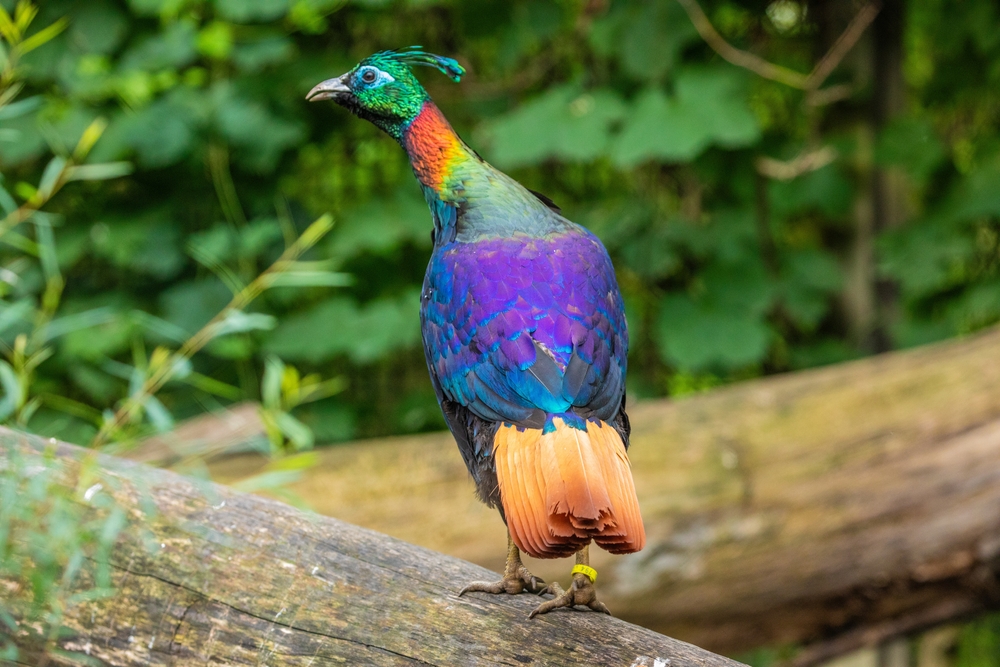Valley of Flowers Overview
Valley of Flowers National Park, known locally as Phoolon Ki Ghati, is a mesmerizing UNESCO World Heritage Site nestled in the Chamoli district of Uttarakhand, India. Spanning approximately 33.8 square miles (87.5 square kilometers), this park is part of the Nanda Devi Biosphere Reserve and is renowned for its breathtaking alpine meadows, vibrant floral diversity, and unparalleled natural beauty. Situated in the western Himalayas, the park is perched at an elevation ranging from 10,500 to 21,900 feet (3,200 to 6,675 meters), creating a pristine and captivating environment that lures nature enthusiasts, botanists, and adventurers from across the globe.
The park’s terrain is a striking mosaic of lush meadows, snow-capped peaks, cascading waterfalls, and glacial streams. It bursts into a riot of colors during the monsoon season, when thousands of endemic and exotic flowers bloom, including species such as blue poppies, cobra lilies, and Brahma kamal, the sacred flower of the Himalayas. Its rugged landscape is shaped by the Pushpawati River, which meanders gracefully through the valley, further enhancing the park’s scenic charm. Towering peaks such as Rataban and Gauri Parbat serve as dramatic backdrops, providing a serene yet awe-inspiring setting.
Valley of Flowers National Park is not just about floral magnificence—it is also a haven for diverse wildlife. The park is home to several endangered and elusive species, such as the Asiatic black bear, snow leopard, musk deer, and Himalayan monal, the state bird of Uttarakhand. Birdwatchers may also catch sight of vibrant pheasants, snow pigeons, and redstarts flitting through the alpine landscape. Butterflies and other pollinators thrive in this lush habitat, adding to the enchanting atmosphere.
Among the park’s most popular features are its idyllic trails that allow visitors to immerse themselves in the valley’s untouched beauty. The primary trail from Ghangaria to the valley is a well-trodden path, offering a relatively easy hike with stunning views along the way. Visitors can also explore Hemkund Sahib, a sacred Sikh pilgrimage site located nearby at a glacial lake surrounded by seven peaks. The best time to visit the Valley of Flowers is during July and August when the flowers are in full bloom, creating a magical carpet of colors.
Conservation efforts have played a crucial role in preserving the Valley of Flowers’ fragile ecosystem. Designated a national park in 1982 and later a UNESCO site, the area is protected from human intervention and over-tourism. The authorities strictly regulate entry and activities within the park, ensuring minimal disturbance to its flora and fauna. Despite these efforts, challenges such as climate change, glacial retreat, and pressures from nearby development remain. However, ongoing conservation initiatives and increased awareness have contributed to the successful preservation of this natural treasure, allowing it to continue enchanting visitors and serving as a sanctuary for rare species.










































































